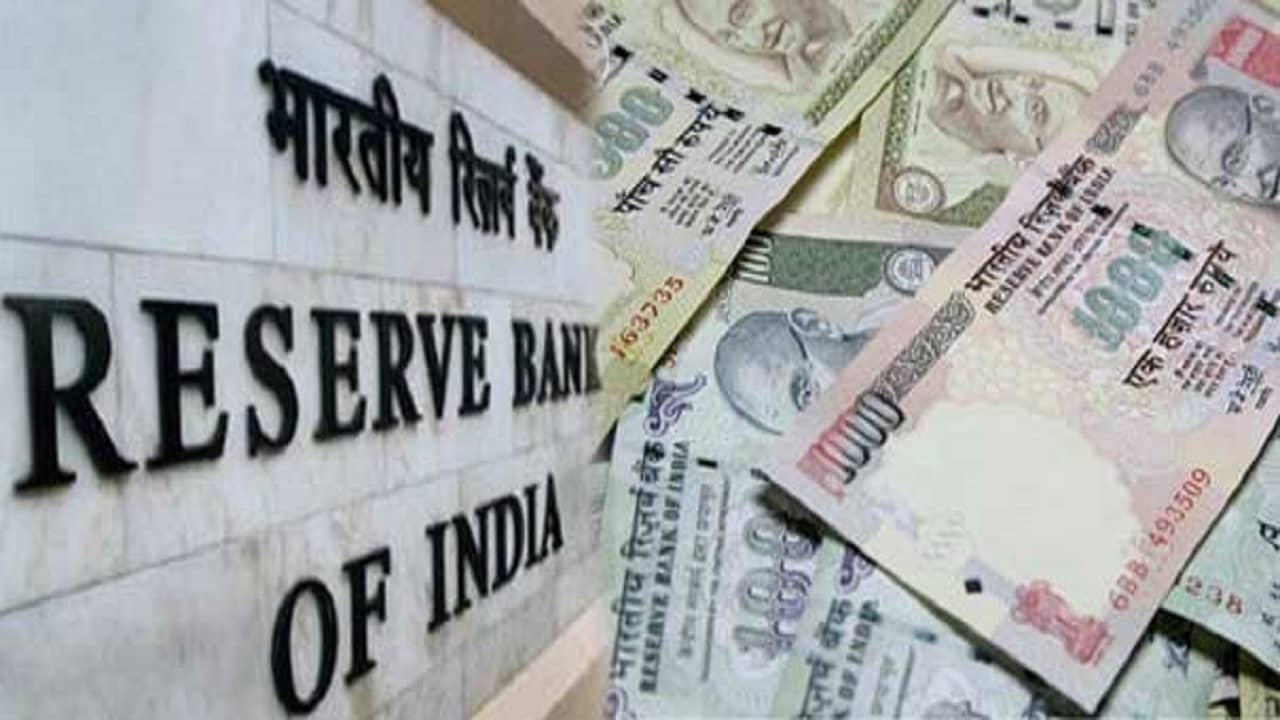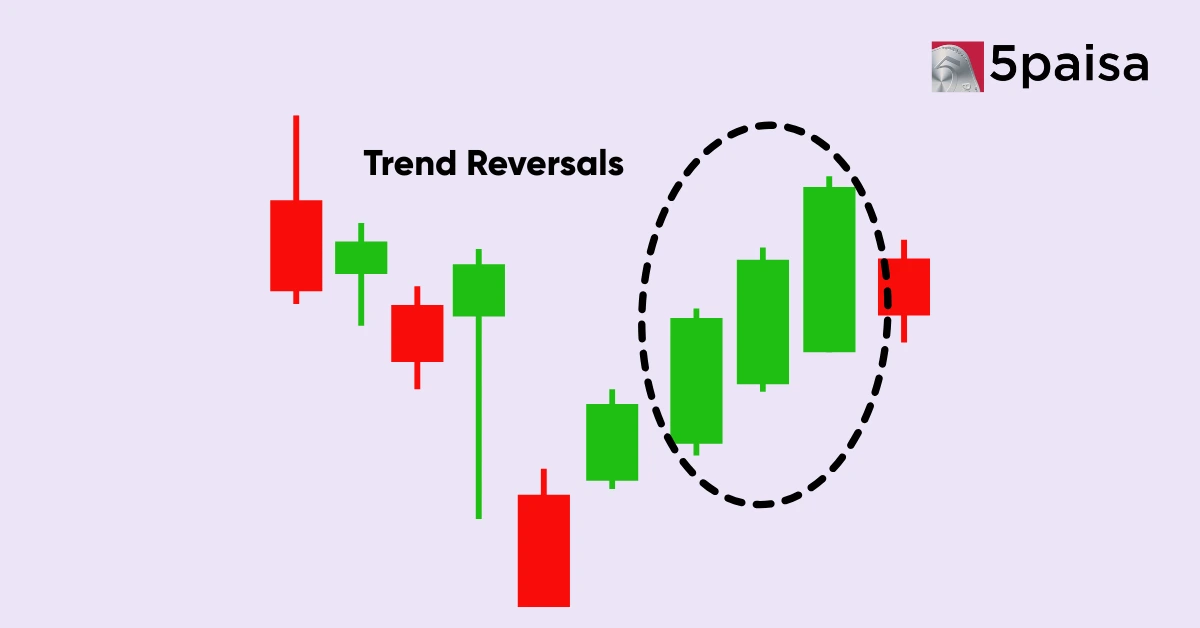Long Build Up vs. Short Covering: How to Profit from Each?
RBI rate hikes: How monetary policy transmission in India compares with other economies

In mid-March, barely weeks after Russia invaded Ukraine and added another thick layer of uncertainty to the global economic scenario, the US Federal Reserve raised its benchmark interest rates for the first time since 2018.
The American central bank increased its Federal Funds Rate to 0.50% from 0.25% at the time. Since then, it has jacked up the rate five more times to 3.75-4.00%. And it is not done yet.
The US Fed isn’t the only central bank tightening monetary policy in order to control inflation, which had accelerated in many countries around the world thanks in part to the ultra-loose policies over the last few years and due to the Russia-Ukraine war that sent prices of crude oil and other commodities soaring.
Indeed, dozens of countries across the Americas, Asia-Pacific, Europe and Africa have raised interest rates this year. In fact, some countries even began raising rates last year. These included South Korea and the UK, which increased its key rate in December 2021. The Reserve Bank of India joined the bandwagon in May and has hiked benchmark interest rates five times since then in an attempt to bring retail inflation below its targeted upper limit of 6%.
While the quantum of rate hikes has differed from country to country, what has also been different is the impact of these monetary policy changes. Essentially, monetary policy transmission hasn’t been similar in all the countries.
In simple words, monetary policy transmission means the effect on the central bank’s actions on the interest rates on deposits and loans of commercial banks and non-bank lenders in a country. Basically, the effectiveness of monetary policy can be gauged by its impact on the rates offered by commercial lenders.
So, what has been the impact of the rate hikes by the RBI and other central banks on the ground? Which country has demonstrated the strongest monetary policy transmission mechanism? And where does India stand?
Global central bank action
While the pace of rate hikes increased after the outbreak of the Russia-Ukraine war, some central banks had started tightening their monetary policies earlier as their economies began to recover from the impact of the Covid-19 pandemic and inflation accelerated.
The central banks first off the mark included the Bank of Mexico, the Bank of Korea and the Bank of England. Argentina, which is facing hyper-inflation, and South Africa also increased rates before the war erupted. After the war, Brazil Canada, US, India, Australia, and Indonesia increased policy rates, as the European Central Bank.
Countries in the Americas have been the most aggressive, with Argentina raising its rates by a staggering 37 percentage points. Mexico, the US, Brazil and Canada are among the others that have raised the rates the most. The RBI has thus far increased its benchmark repo rate by 225 basis points, including Wednesday’s 35-basis-point hike.
On the other end of the spectrum, China has kept its benchmark rate on hold, though it has lowered the Reserve Requirement Ratio for banks to improve liquidity and boost credit growth. Russia and Turkey have lowered their policy rates after the Ukraine war began.
Policy transmission
In order to gauge the transmission of monetary policy, it is important to check the changes in bank lending rates as well as in sovereign bond yields.
According to a report by Bank of Baroda, policy transmission in Argentina, Brazil, the US, Mexico, Canada, Australia and South Africa was near complete. In the US and Brazil, the key mortgage rates increased more than policy rates.
On the other hand, European and Asian economies—including India—showed a slower rate of transmission. The UK has performed better than its European peers as well as with Asian nations.
Lending rates in Russia have fallen more than the reduction in the policy rate to support the war-battered economy while lending rates in Turkey have actually risen despite its central bank lowering the policy rate.
To be sure, all these rates cannot be compared as these rates vary across segments of lending, the Bank of Baroda report said. For example, India’s Marginal Cost of Funds Based Lending Rate, or MCLR, may not be comparable to mortgage rates in other countries, it said.
The report, prepared by Bank of Baroda economist Sonal Badhan, also looked at 10-year treasury yields of respective countries to see if the bond markets priced in rate hikes better than lending rates.
To be sure, bond yields not just react to actual movement in policy rates but also to expectations of future changes in policy rates and how the overall economy is expected to perform.
The report noted that 10-year yields in France and Germany have reacted the most and increased even more than the changes in their respective policy rate.
Bond markets in Brazil, the UK and Australia have also priced in the rate hikes. However, bond markets in the US, Canada, India, Mexico and South Africa have not moved as much as policy rates.
Summing up
The analysis of central bank measures and their impact shows a few divergent and interesting trends. Argentina, Turkey and Russia have been outliers this year due to extraordinary economic situations in these countries.
The South American nation is battling hyper-inflation that threatens to cross 100%. As a result, lending rates in Argentina have soared. Turkey, which is also struggling with inflation above 80%, has slashed interest rates in a move that has baffled global economists. Russia, hurting due to western sanctions after it invaded Ukraine, has also reduced interest rates to prop up its economy.
On the other hand, the US, Canada, Australia, Mexico, South Africa have more effective transmission mechanisms. In these countries, lending rates have changed almost in proportion to changes in policy rates. Government bond market is more responsive in France, Germany, Brazil, Australia and the UK, according to Bank of Baroda research.
Meanwhile, in India, policy transmission into increase in lending has been slower relative to the other countries. However, bond yields have risen more than lending rates. This essentially means India ranks toward the lower end of the spectrum when it comes to effective monetary policy transmission.
- Flat ₹20 Brokerage
- Next-gen Trading
- Advance Charting
- Actionable Ideas
Trending on 5paisa
02
 5paisa Research Team
5paisa Research Team
Indian Stock Market Related Articles
Disclaimer: Investment in securities market are subject to market risks, read all the related documents carefully before investing. For detailed disclaimer please Click here.

 5paisa Research Team
5paisa Research Team




